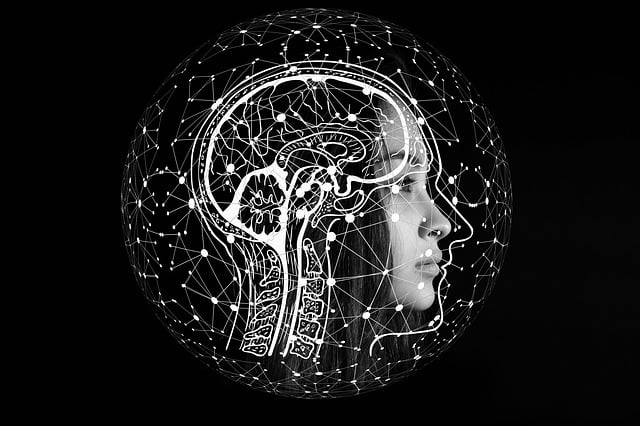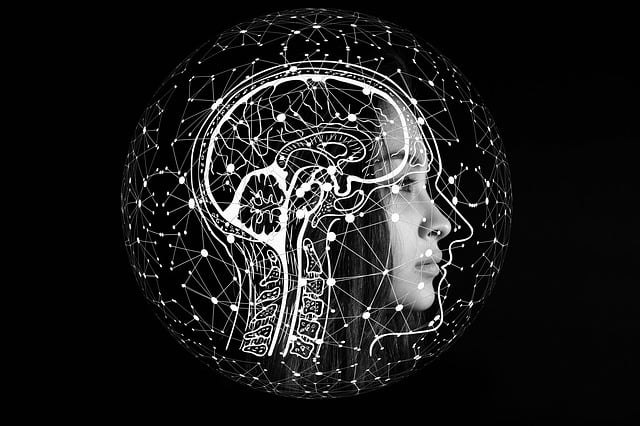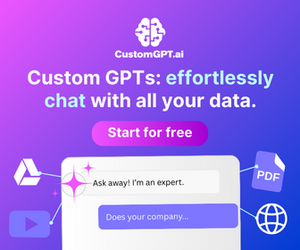-
Table of Contents
- Unlocking the Power of AI in Imaging
- What is AI-Driven Imaging?
- Key Applications of AI in Imaging
- Case Study: AI in Medical Imaging
- Challenges in Implementing AI Imaging Solutions
- Ethical Considerations in AI Imaging
- Future Trends in AI Imaging
- Generative AI: A Game-Changer for Creatives
- How to Get Started with AI Imaging
- Choosing the Right AI Imaging Tools
- Conclusion
Unlocking the Power of AI in Imaging

Artificial intelligence imaging has revolutionized the way we capture, analyze, and interpret visual data. From healthcare to entertainment, this technology is transforming industries by enhancing accuracy, efficiency, and creativity. If you’ve been struggling to understand or implement AI-driven imaging solutions, this guide will provide actionable insights and practical advice to help you navigate this rapidly evolving field.
What is AI-Driven Imaging?
AI-driven imaging refers to the use of machine learning algorithms and neural networks to process, analyze, and generate visual content. Unlike traditional imaging techniques, which rely on manual input and predefined rules, AI-powered systems can learn from data and improve over time. This capability makes them ideal for tasks like image recognition, enhancement, and even creation.
For example, in healthcare, AI imaging tools can detect early signs of diseases like cancer with remarkable precision. In creative industries, they enable artists to generate stunning visuals with minimal effort. The possibilities are endless, but understanding the technology is key to leveraging its potential.
Key Applications of AI in Imaging
AI imaging is being used across various sectors to solve complex problems and enhance workflows. Here are some of the most impactful applications:
- Medical Imaging: AI algorithms analyze X-rays, MRIs, and CT scans to detect abnormalities and assist in diagnosis.
- Autonomous Vehicles: Computer vision systems powered by AI help self-driving cars navigate and avoid obstacles.
- Retail: AI-driven image recognition enables personalized shopping experiences and inventory management.
- Entertainment: AI tools generate realistic graphics and special effects for movies and video games.
Case Study: AI in Medical Imaging
One notable example is Google’s DeepMind, which developed an AI system to detect over 50 eye diseases from retinal scans. The system achieved accuracy comparable to that of human experts, demonstrating the potential of AI imaging in healthcare. Such advancements not only improve diagnostic accuracy but also reduce the workload for medical professionals.
Challenges in Implementing AI Imaging Solutions
While the benefits of AI imaging are undeniable, implementing these solutions can be challenging. Common obstacles include:
- Data Quality: AI models require large, high-quality datasets to perform effectively.
- Computational Resources: Training and deploying AI systems demand significant processing power.
- Ethical Concerns: Issues like data privacy and algorithmic bias must be addressed.
To overcome these challenges, start by investing in robust data collection and preprocessing pipelines. Additionally, consider using cloud-based platforms to access scalable computational resources. Finally, ensure your AI systems are transparent and adhere to ethical guidelines.
Ethical Considerations in AI Imaging
As AI imaging becomes more prevalent, ethical concerns are gaining attention. For instance, facial recognition technology has sparked debates about privacy and surveillance. To address these issues, organizations must prioritize transparency, accountability, and fairness in their AI systems. Engaging with stakeholders and adhering to regulatory frameworks can also help build trust.
Future Trends in AI Imaging
The future of AI imaging is brimming with possibilities. Emerging trends include:
- Generative AI: Tools like DALL·E and MidJourney are pushing the boundaries of creative imaging.
- Edge AI: Deploying AI models on edge devices for real-time processing.
- Explainable AI: Developing systems that provide clear explanations for their decisions.
These trends are shaping the next generation of imaging technologies, offering new opportunities for innovation. Staying informed about these developments will help you stay ahead in this dynamic field.
Generative AI: A Game-Changer for Creatives
Generative AI tools are empowering artists and designers to create unique visuals with minimal effort. For example, OpenAI’s DALL·E can generate images from textual descriptions, opening up new possibilities for creative expression. By integrating these tools into your workflow, you can enhance productivity and explore new artistic horizons.
How to Get Started with AI Imaging
If you’re new to AI imaging, here’s a step-by-step guide to help you get started:
- Define Your Goals: Identify the specific problems you want to solve or the outcomes you aim to achieve.
- Choose the Right Tools: Select AI platforms and frameworks that align with your needs.
- Collect and Prepare Data: Gather high-quality datasets and preprocess them for training.
- Train and Test Models: Develop and evaluate AI models using your data.
- Deploy and Monitor: Implement your solution and continuously monitor its performance.
By following these steps, you can build a solid foundation for your AI imaging projects. Additionally, consider collaborating with experts or joining communities to gain insights and support.
Choosing the Right AI Imaging Tools
Selecting the right tools is crucial for the success of your AI imaging projects. Popular options include TensorFlow, PyTorch, and OpenCV. Each platform has its strengths, so evaluate them based on factors like ease of use, scalability, and community support. For beginners, user-friendly tools like Google’s AutoML Vision can be a great starting point.
Conclusion
Artificial intelligence imaging is a transformative technology with the potential to revolutionize industries and enhance creativity. By understanding its applications, addressing challenges, and staying informed about emerging trends, you can harness its power to achieve your goals. Whether you’re a healthcare professional, a creative artist, or a tech enthusiast, AI imaging offers endless opportunities for innovation. Start exploring today and unlock the full potential of this groundbreaking technology.
For further reading, check out our articles on AI in Healthcare, Generative AI, and Ethical AI. You can also explore external resources like TensorFlow, PyTorch, and OpenAI to deepen your knowledge.



Leave a Reply